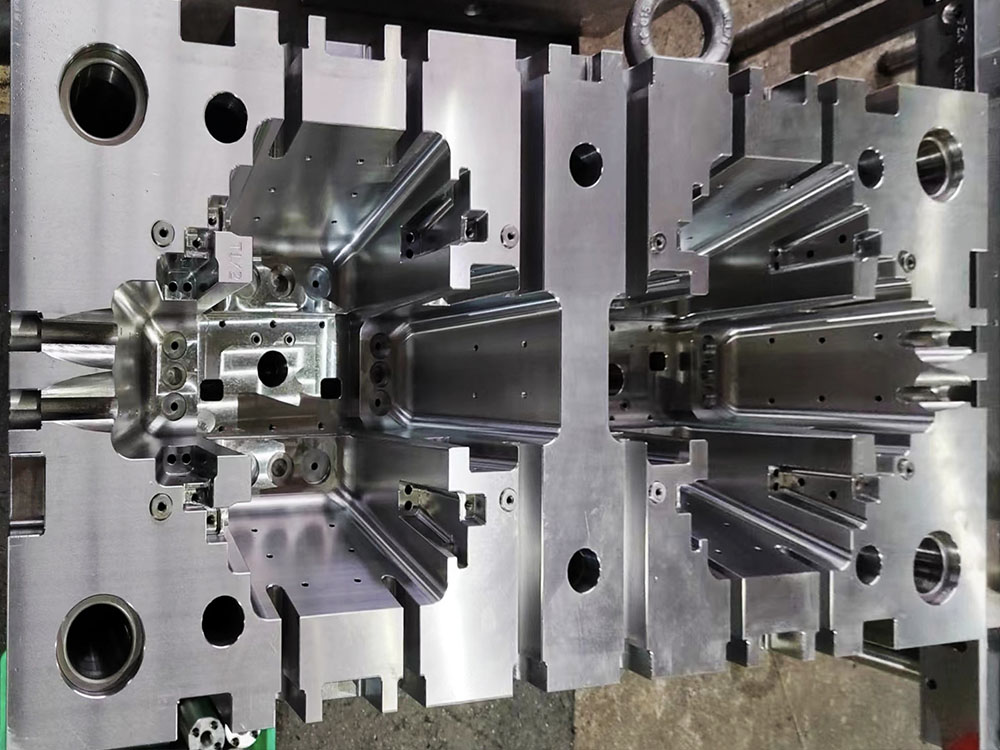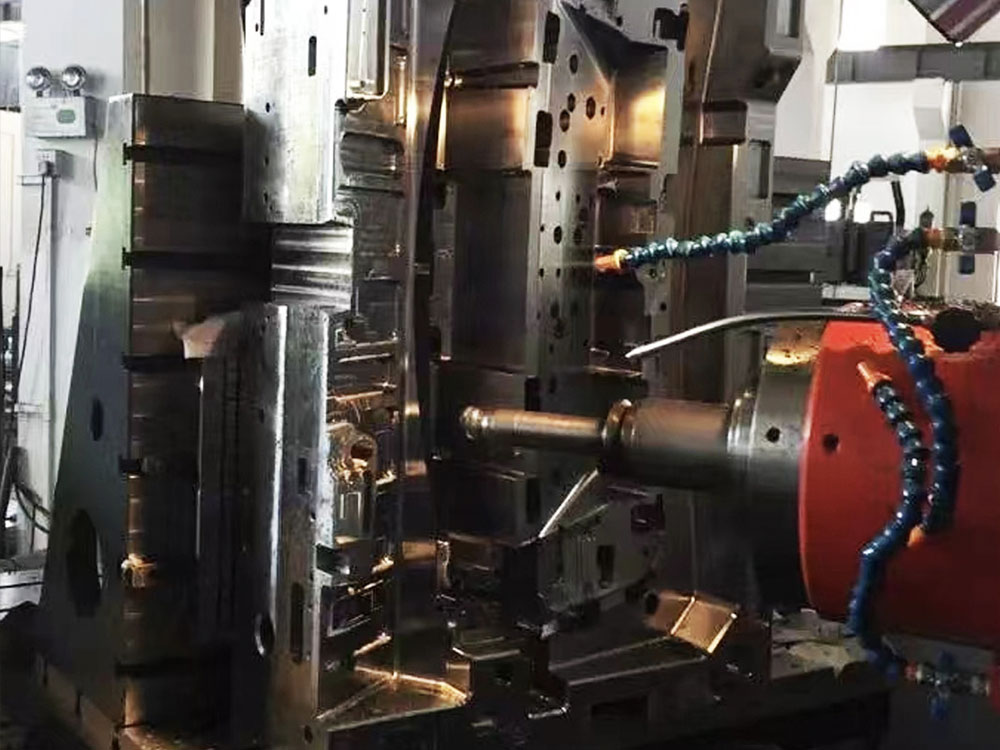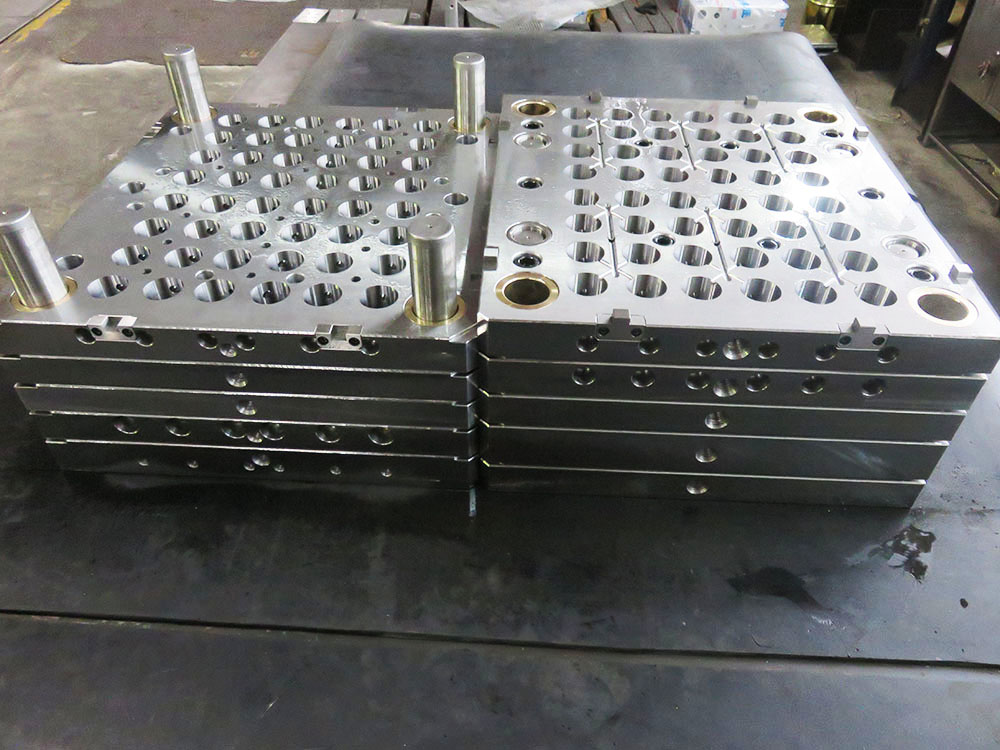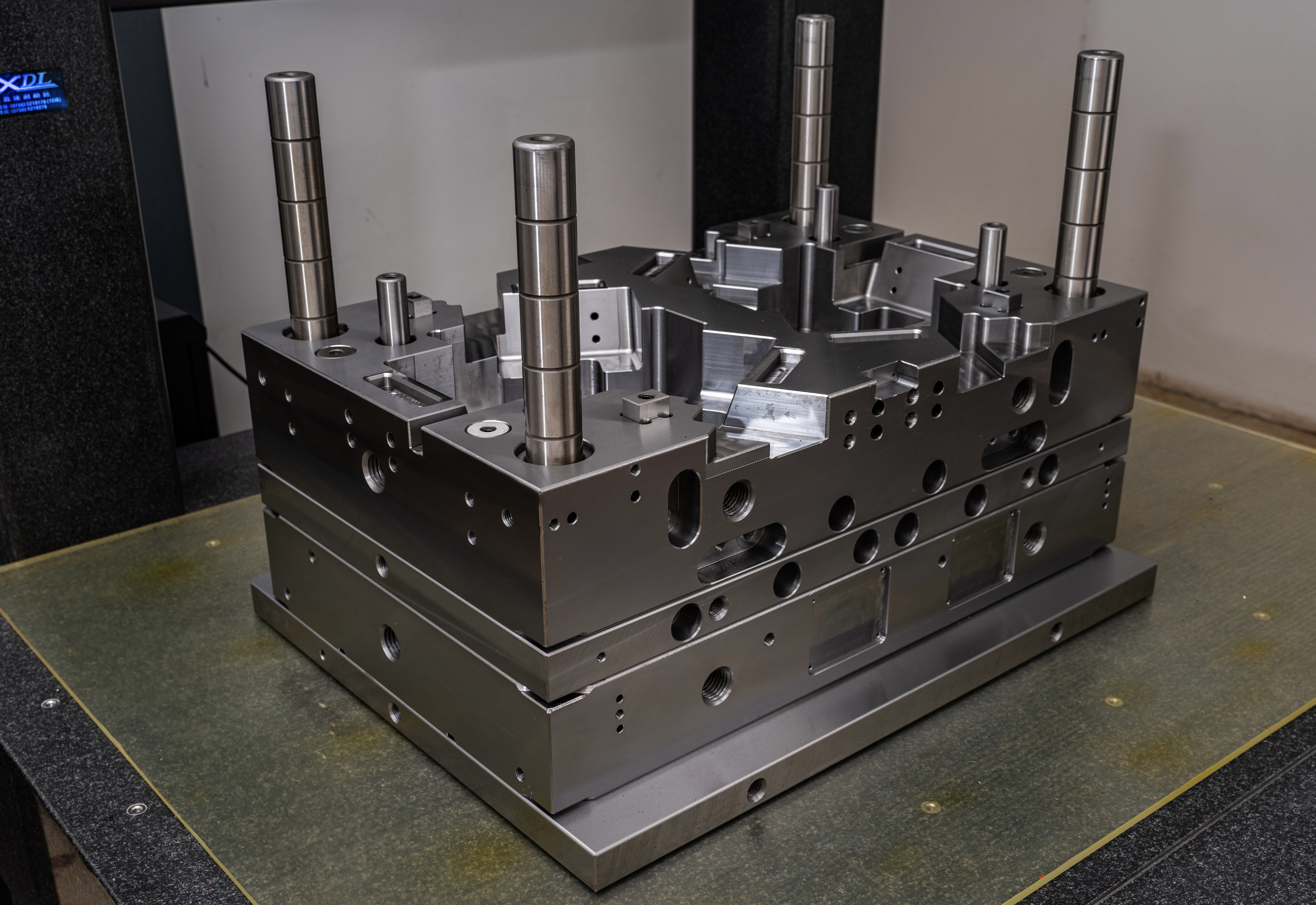How to Calculate the Stability Coefficient for a Supporting Pole in the Mold Base Industry
A supporting pole plays a critical role in maintaining stability and structural integrity in the mold base industry. It provides support to the entire mold structure and withstands various forces during the production process. Calculating the stability coefficient is crucial to ensure the safety and efficiency of the supporting pole. In this article, we will discuss the step-by-step process of calculating the stability coefficient for a supporting pole in the mold base industry.
Step 1: Determine the Material Properties
The first step is to determine the material properties of the supporting pole. This includes the material's modulus of elasticity (E), yield strength (σys), and ultimate tensile strength (σuts). These properties can be obtained from material datasheets or by conducting material testing in a laboratory.
Step 2: Analyze the Geometric Parameters
In this step, the geometric parameters of the supporting pole need to be analyzed. These parameters include the length (L), cross-sectional area (A), moment of inertia (I), and radius of gyration (r). The cross-sectional area and moment of inertia can be calculated based on the shape of the supporting pole, such as round, square, or rectangular.
Step 3: Calculate the Euler Buckling Load
The next step is to calculate the Euler buckling load (Pcr) of the supporting pole. The Euler buckling load is the critical load at which the supporting pole starts to buckle under compressive stress. It can be calculated using the following formula: Pcr = (π^2 * E * I) / (L^2) where π is a mathematical constant (approximately 3.14159).
Step 4: Determine the Working Load
Based on the specific application requirements, the working load (Pw) acting on the supporting pole needs to be determined. The working load consists of the combined effect of static, dynamic, and impact loads that the supporting pole may experience during the mold base operation.
Step 5: Calculate the Stability Coefficient
Finally, the stability coefficient (K) can be calculated by dividing the working load (Pw) by the Euler buckling load (Pcr). The stability coefficient indicates the safety margin of the supporting pole, where a coefficient value greater than 1 indicates a stable and safe design.
Conclusion
Calculating the stability coefficient for a supporting pole in the mold base industry is essential to ensure the safety and reliability of the overall mold structure. By following the step-by-step process outlined in this article, professionals in the industry can accurately determine the stability coefficient and make informed design decisions to optimize the performance of supporting poles.




